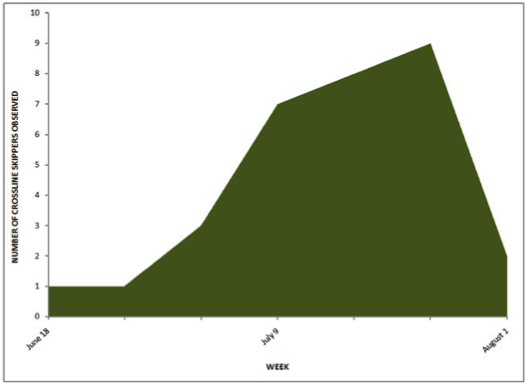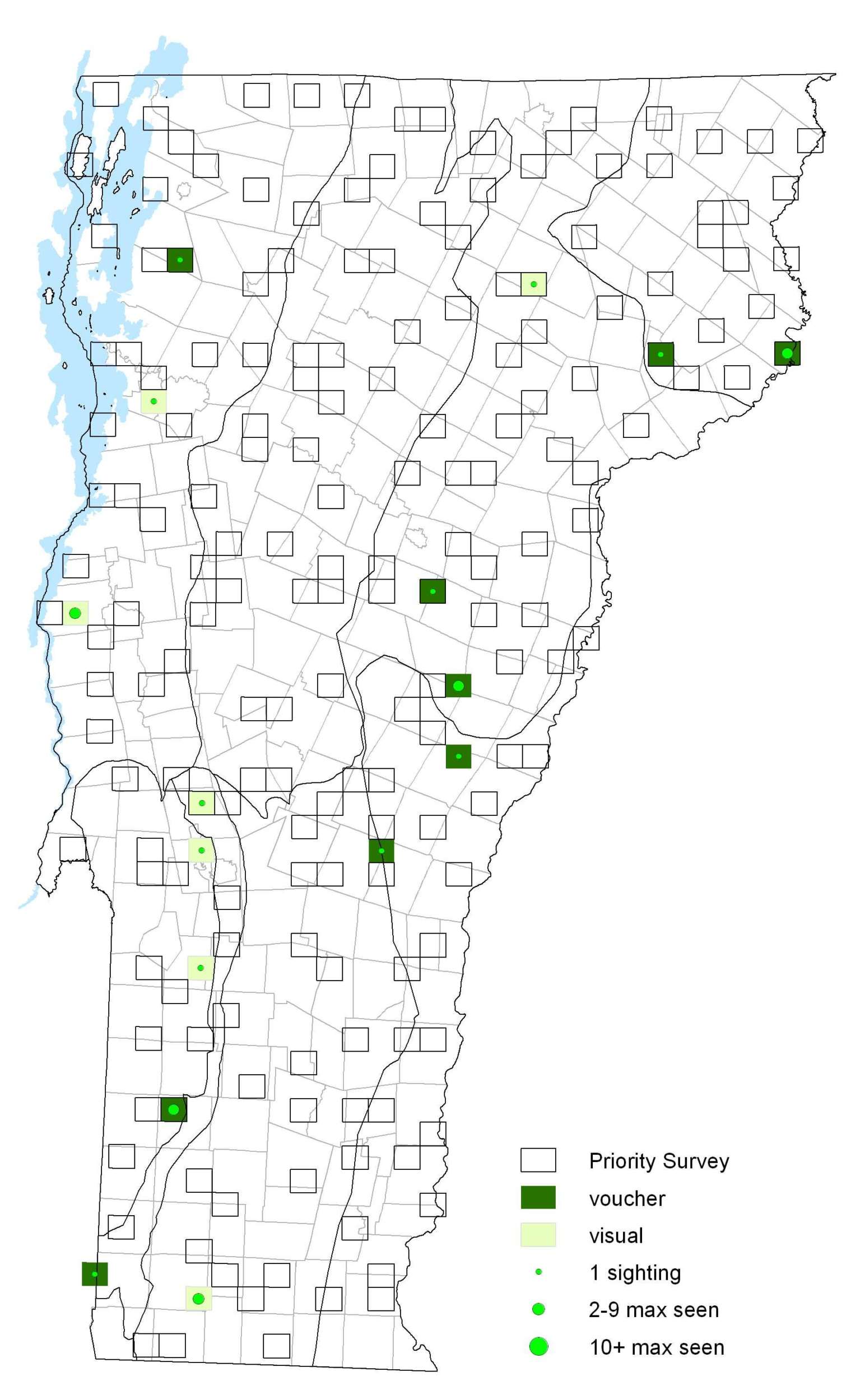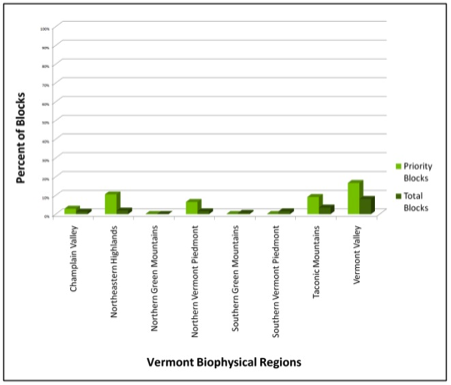|
Resident Conservation Status North American Range |
One of the least understood of the meadow skippers, there are conflicting reports on favored habitats, from exclusively choosing dry grasslands, to associations with Tawny-edged skippers who favor moist over dry habitats. Populations in Canada appear to prefer sedge habitats. Perhaps the Crossline Skipper is far more adaptable than anyone suspects, and only more research into this apparently uncommon species will uncover more natural history. Males perch in open grassy areas most of the day to await receptive females. Courtship occurs from midday to mid-afternoon. Third and fourth instar larva overwinter.
Identification
Upperside is dark brown with orange markings. Female usually lacks orange along the forewing costa and has a square spot below the end of the cell; male has a long straight forewing stigma. Underside of hindwing is orange-brown with a faint band of spots.
Flight
A true summertime meadow skipper, it had one brood and flew from the mid-June until the beginning of August. During VBS the peak of their flight period was near the end of July. Extreme dates: 18 June 2007 in Kirby (A. Aversa), 1 August 2007 in Glover (A. Aversa), and 17 September 1994 in Hinesburg (S. Griggs).
Distribution and Habitat
Crossline Skipper populations were found only sporadically throughout Vermont. Hostplants are Purpletop (Tridens flavus) and Little bluestem (Andropogon scoparius) and adults will nectar on just about any flower blooming within their habitat including Red Clover (Trifolium pratense), dogbane (Apocynum) and New Jersey Tea (Ceanothus americanus).







